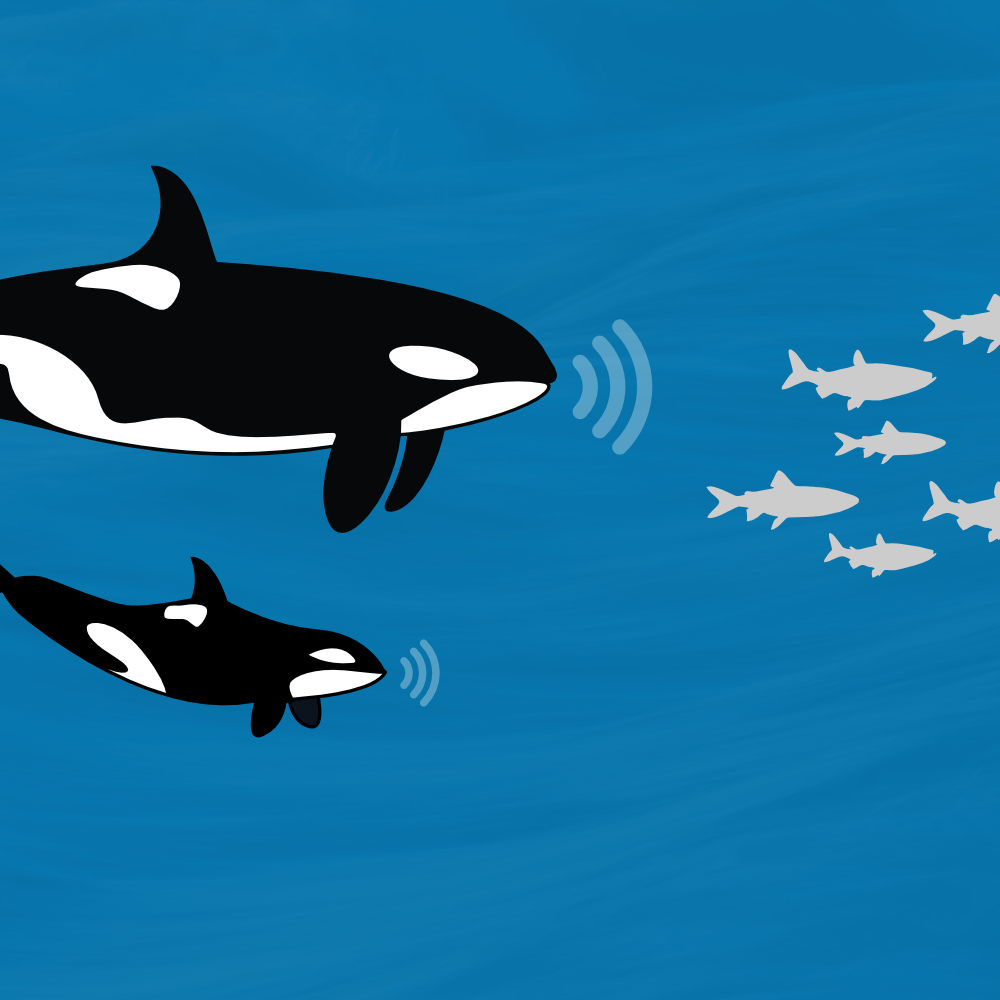Southern Straight of Georgia
A NATIONAL MARINE CONSERVATION AREA RESERVE
NMCARs are a type of federal marine protected area created by Parks Canada. They focus on ecologically sustainable use — harmonizing conservation with human activities. This involves working closely with those who use the coastal land and the water to create a healthy marine ecosystem.
Human uses such as fishing and shipping, for example, are allowed in national marine conservation areas. But they would be limited or even eliminated from zones protecting sensitive features such as nesting areas, spawning beds, and cultural sites.
Stay Up To Date
Stay up to date with conservation news and learn how you can take action to protect the Home of the Orcas by signing up for our newsletter.




